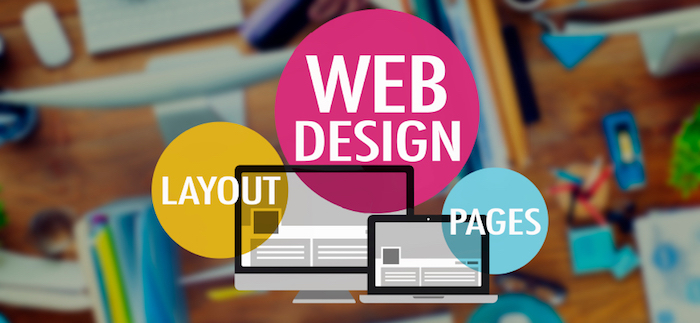Simple Website Design Techniques to Improve Sales
 You may be thinking that the goal of your website is to make you money. And that makes sense, but have you thought that the look and feel of your website may or may not be attracting the visitors it should? A website is designed to showcase a business’ products/services and tell audiences all the behind the scenes info such as values, the company story, visions for progress, etc. Of course you also want to gain leads and make sales to increase profit. A fine tuned website will get those results, but only if the website is appealing and useful to your audience.
You may be thinking that the goal of your website is to make you money. And that makes sense, but have you thought that the look and feel of your website may or may not be attracting the visitors it should? A website is designed to showcase a business’ products/services and tell audiences all the behind the scenes info such as values, the company story, visions for progress, etc. Of course you also want to gain leads and make sales to increase profit. A fine tuned website will get those results, but only if the website is appealing and useful to your audience.
The technical aspects of your website may run smoothly, but if you want to have a successful website, you need to take a look at your design to make sure it is in prime condition to get you conversions. There are a few tricks of the trade that you can follow to improve your design and boost your sales.
Put Responsive Design First
It should be no surprise by now that mobile usage is on the rise and will continue to do so in the near future. If you are a savvy business owner, you already know that your website should be adaptable to fit any screen size. This can come about in two ways. You can always have a separate mobile website, but this can be costly, time consuming, and difficult to keep up on constant changes. On the other hand, responsive design will allow your website to adapt to all screen types such as laptops, smartphones, tablets, PCs, etc. Responsive designs offer a consistent user experience and faster loading times for your pages. And now that Google has enacted a ranking factor for being mobile friendly, responsive design will help boost your visibility. Not too shabby.
Streamlined Navigation
You always want your users to be able to find content quickly and easily on your site. That is just good website design at the basic level. Your navigation should be simple and as user friendly as possible. Don’t try to get too fancy or complex as this will only confuse your users. It’s best to use HTML instead of flash when designing your navigation. Why? Because flash can interfere with load times, accessibility, and performance. Make sure to consider your colors and sizes of buttons as well. You don’t want your navigation bar to blend into your website background. Colors should contrast in order to make it easy for users to click where they need to go. Also, for those smartphone users, make sure the buttons are large enough to tap with fingers.
Don’t Be Stingy on Images and Video
Your product/service listing may be stellar, but you can make it shine even more with the use of images and video. We all know images are a great way to capture the attention of your users for a longer period of time, so go ahead and include them in your content. Put a high-quality image in your header to grab the attention of users right off the bat. If they are interested, they’ll stay to browse around on your site. Images and video are a great tool to highlight your products and services. Use video to demonstrate the value of a particular service or give a demonstration on how a product works. Once a user understands what you have to offer, they are more likely to convert. Try to stay away from stock photography if you can. Original and unique images are the better way to go and will help you to stand out from the competition.
What’s the Holdup?
How quickly do your pages load? This is something you should be testing frequently, especially after any updates you do to your site. If you pages are loading slowly, this can be game over for you. People are not going to sit around and wait for your website to load if it takes longer than a few seconds. If you’re not sure how to test page speeds, Google Page Speed Insights is a tool you can use to find out what elements of your website are slowing you down and how to fix each issue.

